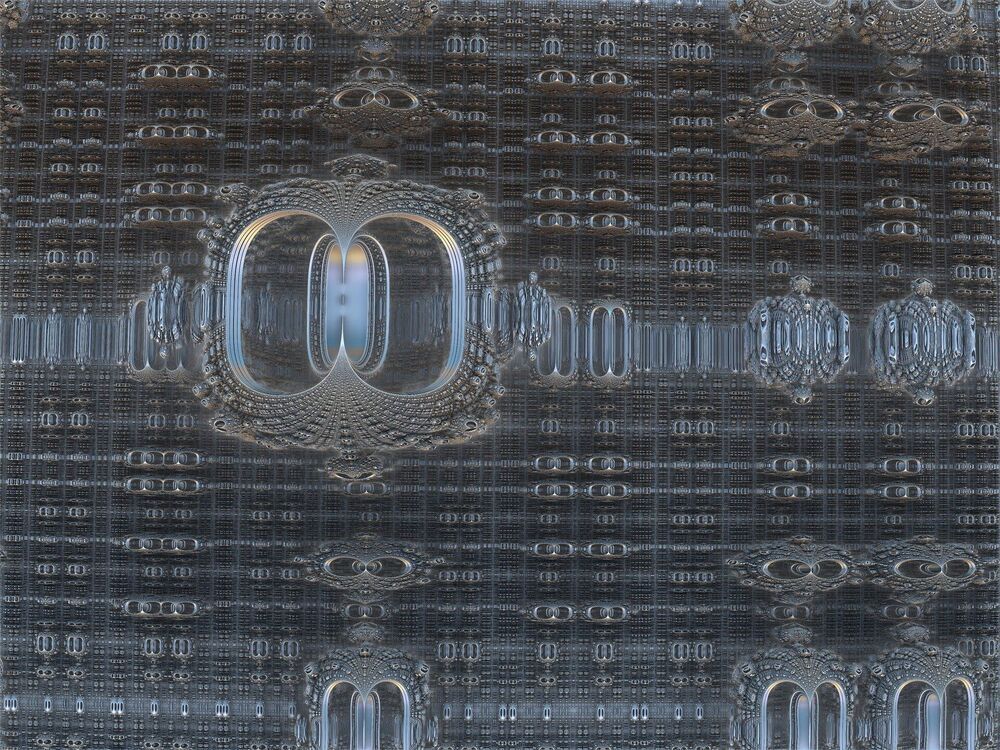Researchers at the University of Sydney and quantum control startup Q-CTRL today announced a way to identify sources of error in quantum computers through machine learning, providing hardware developers the ability to pinpoint performance degradation with unprecedented accuracy and accelerate paths to useful quantum computers.
A joint scientific paper detailing the research, titled “Quantum Oscillator Noise Spectroscopy via Displaced Cat States,” has been published in the Physical Review Letters, the world’s premier physical science research journal and flagship publication of the American Physical Society (APS Physics).
Focused on reducing errors caused by environmental “noise”—the Achilles’ heel of quantum computing —the University of Sydney team developed a technique to detect the tiniest deviations from the precise conditions needed to execute quantum algorithms using trapped ion and superconducting quantum computing hardware. These are the core technologies used by world-leading industrial quantum computing efforts at IBM, Google, Honeywell, IonQ, and others.










Comments are closed.